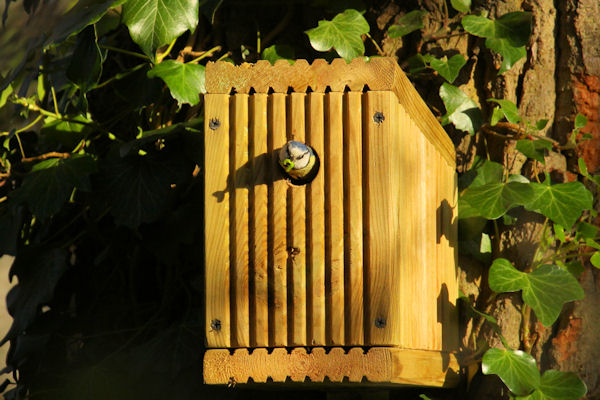The Historical Context of Bicknor Wood
Phil Riches explains how Bicknor Wood, although technically situated at the very edge of the Parish of Otham (we are proud to count members of the Otham Parish Council amongst our readership), is linked to the village by past ownership and the wider historical context of the area.
The Domesday Book, written in 1086, tells us that William the Conqueror gave Otham to his half-brother Odo, the Bishop of Baieux. The book describes what Otham’s main features were then, including a church, a mill, arable land, three acres of meadow and woodland for ‘the pannage of eight hogs’. Pannage is a word derived from a similar word in French and is the practice of releasing domestic pigs into woodland to feed on fallen acorns, beechmast, chestnuts or other nuts. Historically, in the Middle Ages, it was a right or privilege granted to local people on common land and it provided an important economic value to them, helping turn the soil and release nutrients for plant growth whilst fattening the pigs ready for slaughter more quickly.
Otham highlighted in The
Domesday Book
(Credit Professor John Palmer,
George Slater and opendomesday.org)
Other historical documents
tell us that the Parish of Otham was largely covered with woods, especially the
western part of it.
Near the middle of the Parish is Gore Court, which when built in the 14th Century, was almost surrounded by woods and Bicknor Wood was part of that large Gore Court Estate.
Lord Romney
Image copyright protected.
Reproduced with kind permission of the National Portrait Gallery
However, as a subsequence of
the owner William Hendley dying intestate (without leaving a valid will) in 1798,
a large part of the estate had to be sold off. It was purchased by Charles
Marsham, who was the 2nd Earl of Romney and the MP for Hythe and
Downton before he later entered the House of Lords, becoming Lord Romney. He
was one of a long line of Marsham family who originally moved to Maidstone in
1690 and built and resided at Mote House, which still exists within Mote Park.
Lord Romney bought chunks of lands in this area of Maidstone which included most of the Parish south of White Horse Lane and included 3 farms as well as the ancient woodlands surrounding Gore Court, Bicknor Wood to the south, Senacre Wood to the west and East Wood to the east. Over time the land was sold and the Marsham family eventually left Kent in 1891, moving to Gayton Hall Estate in Norfolk. Then began a new era of farming and agriculture followed by housing development as Maidstone grew in size. This of course continues to this day, threatening the rural beauty of the area.





These Biofuel Briquettes are a game changer for energy sustainability - efficient, eco-friendly, and a step towards reducing our carbon footprint.
ReplyDelete